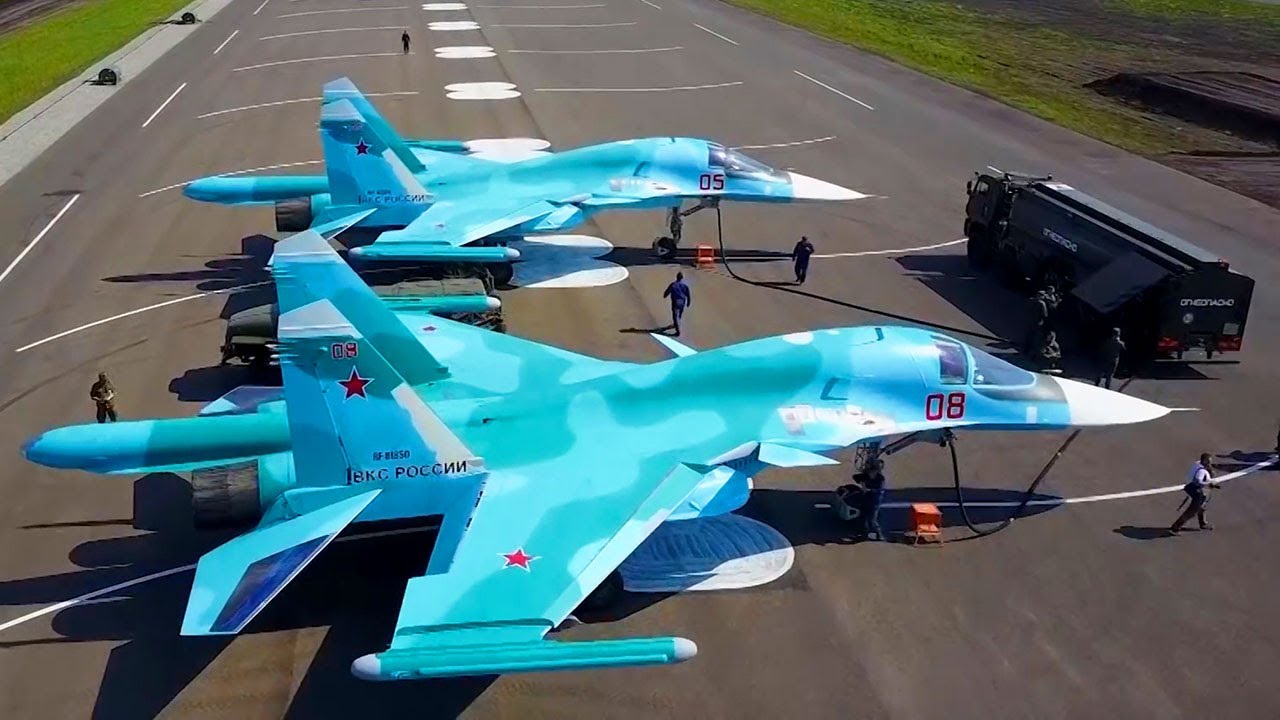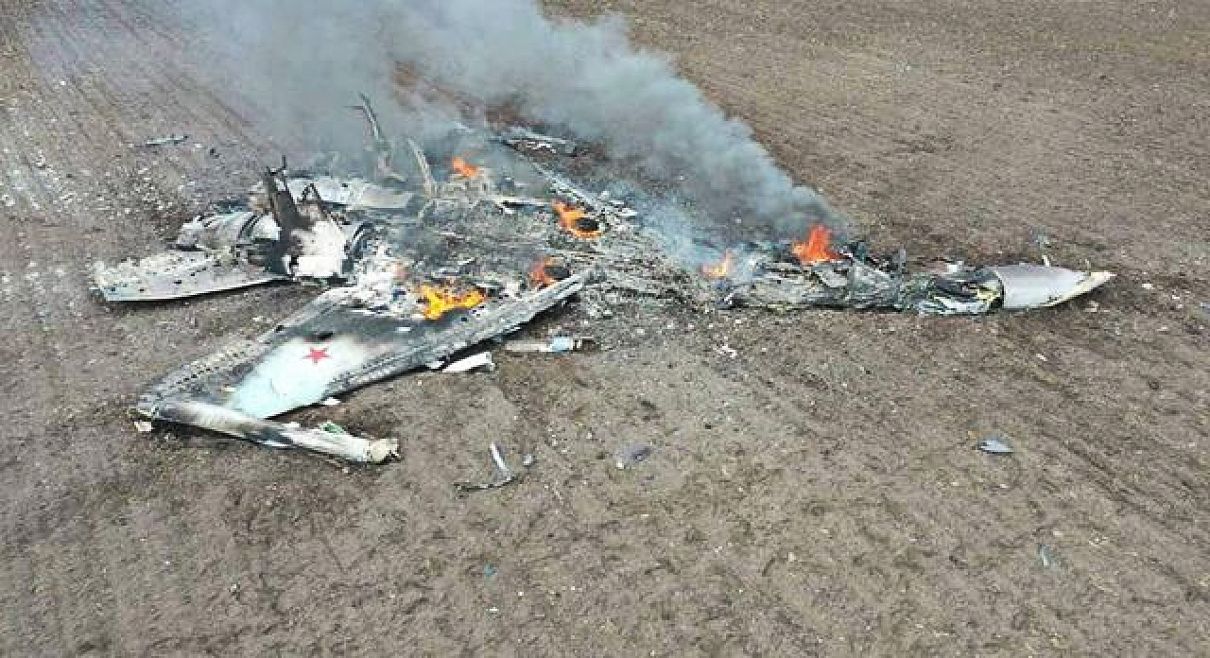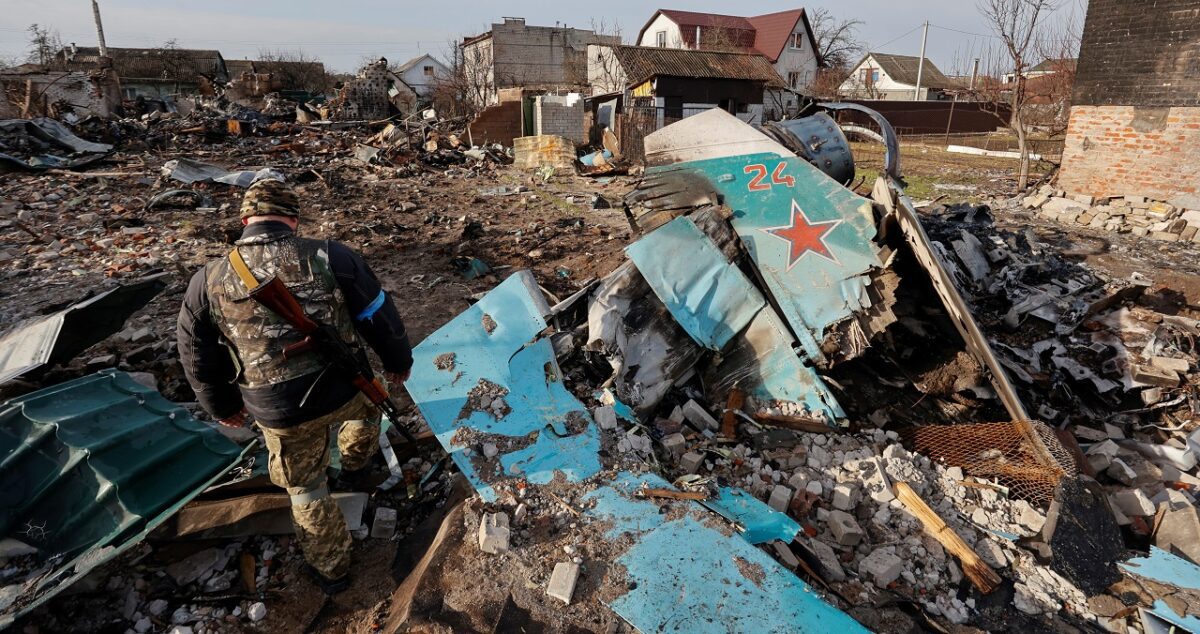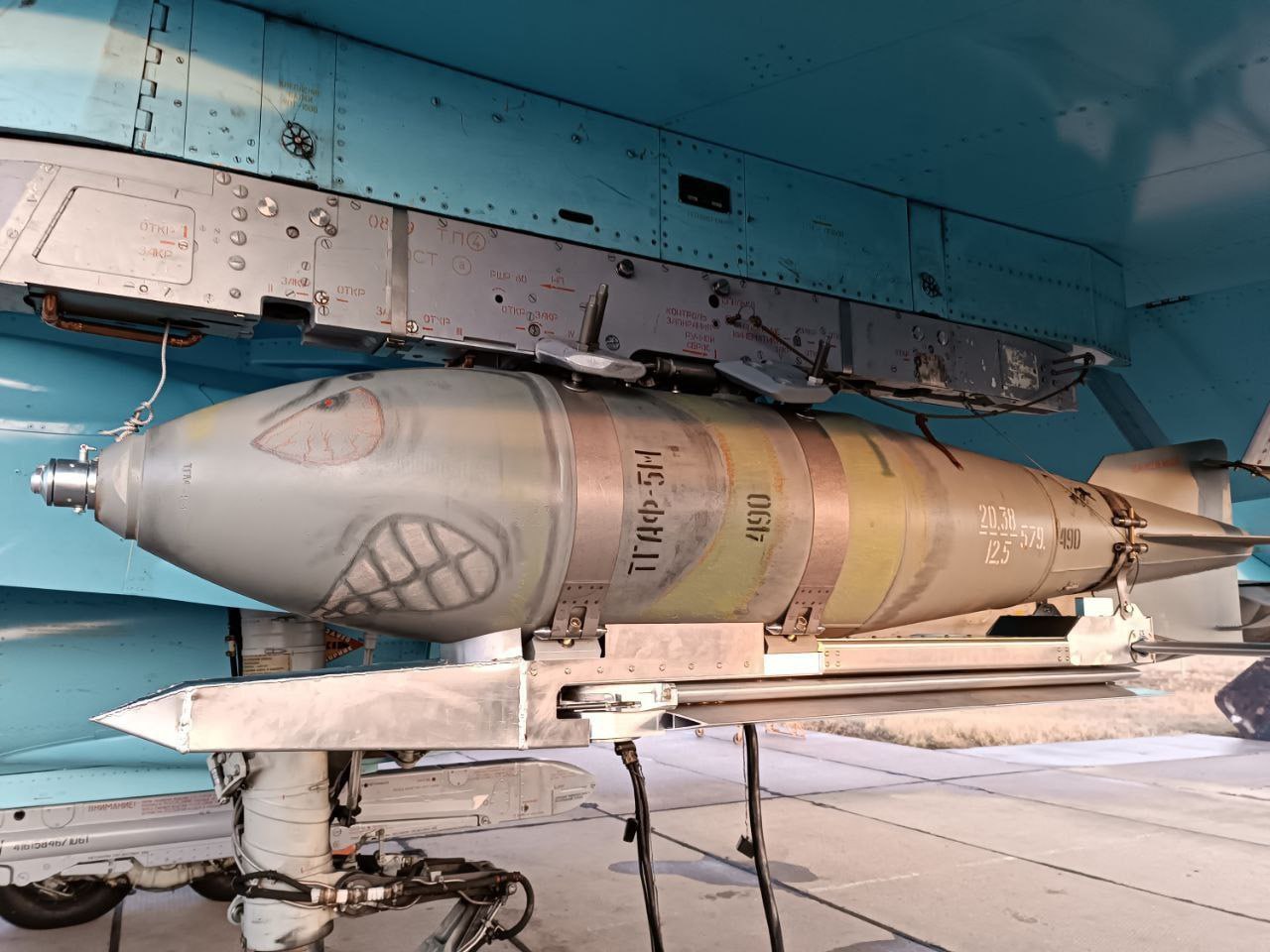In the first weeks of the ongoing war in Ukraine, the Russian Aerospace Forces (VKS) lost some of its best fighter jets in significant numbers, as it underestimated Ukraine’s air power, said the top spokesperson for the Ukrainian Air Force.
Yuri Ihnat, the spokesman for the Air Force of the Armed Forces of Ukraine, said in a recent interview that the Ukrainian Air Force is six times smaller than Russia’s VKS; therefore, the Russians believed they would not face much resistance and were not careful.
“I want to note that the Russian planes shot down in the first weeks of the war were among the best. These included Su-34, Su-30, Su-35, and many helicopters,” said Ihnat.
“Russian aviation suffered losses at first. When they underestimated our aviation, when they believed their propaganda that everything had already been destroyed here, that a walk in the sky would be easy for them,” he continued.
He further said that the Russians enjoyed a significant advantage in technology and numbers to show off the Ukrainian Air Force’s resilience in countering the Russian Air Force.
“The Russians had such an advantage. And if you add more technology that you invested in Russian aircraft. That is, the modernization of the Su-27 into the Su-30, then the Su-34 appeared, the Su-35,” Ihnat noted.

Russian Fighters Have Been Very Effective
Perhaps Ihnat is correct in asserting that despite the overwhelming technological and numerical superiority of the Russian Aerospace Forces, the Ukrainian military did manage to keep Ukraine’s airspace contested.
However, it is not Ukraine’s air superiority that has kept the Russian military from establishing complete control over the Ukrainian airspace, but rather the Ukrainian surface-to-air missile systems which denied airspace to Russian combat aviation assets.
As EurAsian Times has discussed in extensive detail, advanced Russian fighters, like the Su-30SM and Su-35S, have remained very effective and lethal against Ukrainian aircraft throughout the war.
Additionally, the Ukrainian Air Force is outnumbered by the VKS. There have also been instances where the VKS has deployed around 10-12 fighter jets against one Ukrainian fighter.
This is evident even from the documented losses of air defense assets on both sides, where Ukraine’s losses are much steeper than Russia’s.
Ukraine’s pre-war inventory of fighters comprised around 30 Su-27s and roughly 50 MiG-29s which can also be used for air-to-ground operations.
So far, Ukraine has lost up to 17 MiG-29s and nine Su-27s, according to the latest figures compiled by the military tracking blog Oryx based on visual confirmations. Of these, one MiG-29 and one Su-27 were destroyed on the ground.
Of the 16 MiG-29s shot down from the skies, 12 losses were documented between February and April 2022. Likewise, in the case of eight Su-27s shot down, five of them were documented in the same timeframe.

Russia’s losses so far comprise only two Su-35S and eleven Su-30SMs, of which five Su-30s have been destroyed on the ground, as documented by Oryx. Of these losses, only five Su-30s and one Su-35S were lost between February and April 2022.
This means that from February to April 2022, the Russian Air Force suffered only six documented losses of its multi-role and air superiority fighters, as opposed to the 17 losses of the similar aircraft type sustained by the Ukrainian Air Force.
Russia has lost many Su-34 and Su-25 strike aircraft, but even those losses cannot simply be attributed to Ukraine’s air superiority.
Ukraine’s Successful Air Denial Strategy
Ukraine fielded medium and long-range air defenses, like the S-300s and Buk-M1s, which forced the Russian fighter jets to fly at altitudes below 4500 meters, right into the range of the man-portable air defense systems (MANPADS) that have accounted for a significant number of shoot-downs of Russian aircraft.
This has been admitted by a retired-Russian fighter pilot in a previous interview with EurAsian Times, wherein he described the effectiveness of Ukrainian MANPADS against advanced Russian fighter jets.
“Most of our Su-35s, Su-24s, and Su-34s have been hit while flying at low altitudes,” the retired Russian pilot told EurAsian Times on condition of anonymity in October 2022.

Therefore, since the onset of the war in February, thousands of MANPADS of different types from several countries have been supplied to the Ukrainian forces across the country, with more on their way.
In the case of Su-34, a strike aircraft, the significant losses suffered by this aircraft type can be attributed to its wide deployment for ground attacks using tactics requiring fighter pilots to fly their aircraft dangerously close to the ground.
While the Su-34 Fullback is highly equipped to conduct precision air-to-surface strikes from standoff ranges, as EurAsian Times discussed earlier, the aircraft is mainly employed for old-fashioned seek-and-destroy missions involving the plane going to the target area, visually acquiring the target, and then attacking.

The severe depletion of its inventory of precision-guided munitions has prompted the Russian military to rely heavily on unguided bombs. The Russian fighters must fly low to deliver these, making them vulnerable to the Ukrainian MANPADS.
Russia Introduces Its Most Lethal Bombs
Ukraine’s air denial strategy worked for a while, but then the Russian military adapted to the circumstances and began employing heavy-duty dumb bombs modified with aerial guidance wing kits.
These bombs enable the Russian aircraft to drop the bombs from a standoff range at a relatively low cost, allowing the Russian pilots to stay outside the areas covered by Ukrainian air defense systems.
As per reports, since October 2022, Russian fighter jets have been employing guided bombs, particularly the modified FAB-500M-62 bombs, believed to have been equipped with an aerial guidance kit called Modul Planirovaniya I Korrektsi (MPK), or “gliding and correction module.”

“For four months now, bombers, fighters, and long-range aircraft have been operating with guided weapons from distances inaccessible to enemy air defense,” the pro-Russian Fighter-bomber Telegram channel reportedly said on February 22, 2023.
“Separately, I clarify our JDAM [Joint Direct Attack Munition], which we call UMPC. It is used almost every day, many times a day, and not one bomb at a time. Hundreds of bombs have already been dropped from the UMPC,” the Fighter-bomber channel said.
Because FAB-500 is an unguided air-dropped bomb, to begin with, and it is equipped with a high explosive warhead, it is designed to have a broad area effect through blast overpressure and fragmentation of the casing.
Therefore, this weapon would be most effective against area targets such as Ukrainian trench lines, other fortification networks, and areas with large concentrations of Ukrainian forces.
A video of Russian aerial bombs (presumably FAB-500 with УМПК – unified planning and correction module; Russian version of JDAM) being dropped on the frontline city of Vuhledar in the Donetsk Oblast of Ukraine. pic.twitter.com/Y4mENfhqFs
— Status-6 (@Archer83Able) April 4, 2023
These new types of bombs have emerged as a formidable challenge for the Ukrainian Air Force, as is evident from recent remarks made by Ihnat after Russian Su-35 jets attacked Ukraine’s northeastern Sumy Oblast with 11 guided bombs on March 24.
“It is an extremely big threat when guided air bombs, gliding bombs, can fly far and the aircraft do not enter the kill zone of our air defenses,” said Ihnat shortly after this attack.
The Russian military has a large stockpile of the FAB-500 bombs, which makes it possible to equip them with wing kits in large numbers at a fraction of the cost that goes into making other advanced precision-guided munitions.
Some recent unconfirmed Russian media reports have said that Russia plans to increase the production of these guided bombs because of their extremely high efficiency on the Ukrainian battlefield.
- Contact the author at tanmaykadam700@gmail.com
- Follow EurAsian Times on Google News




